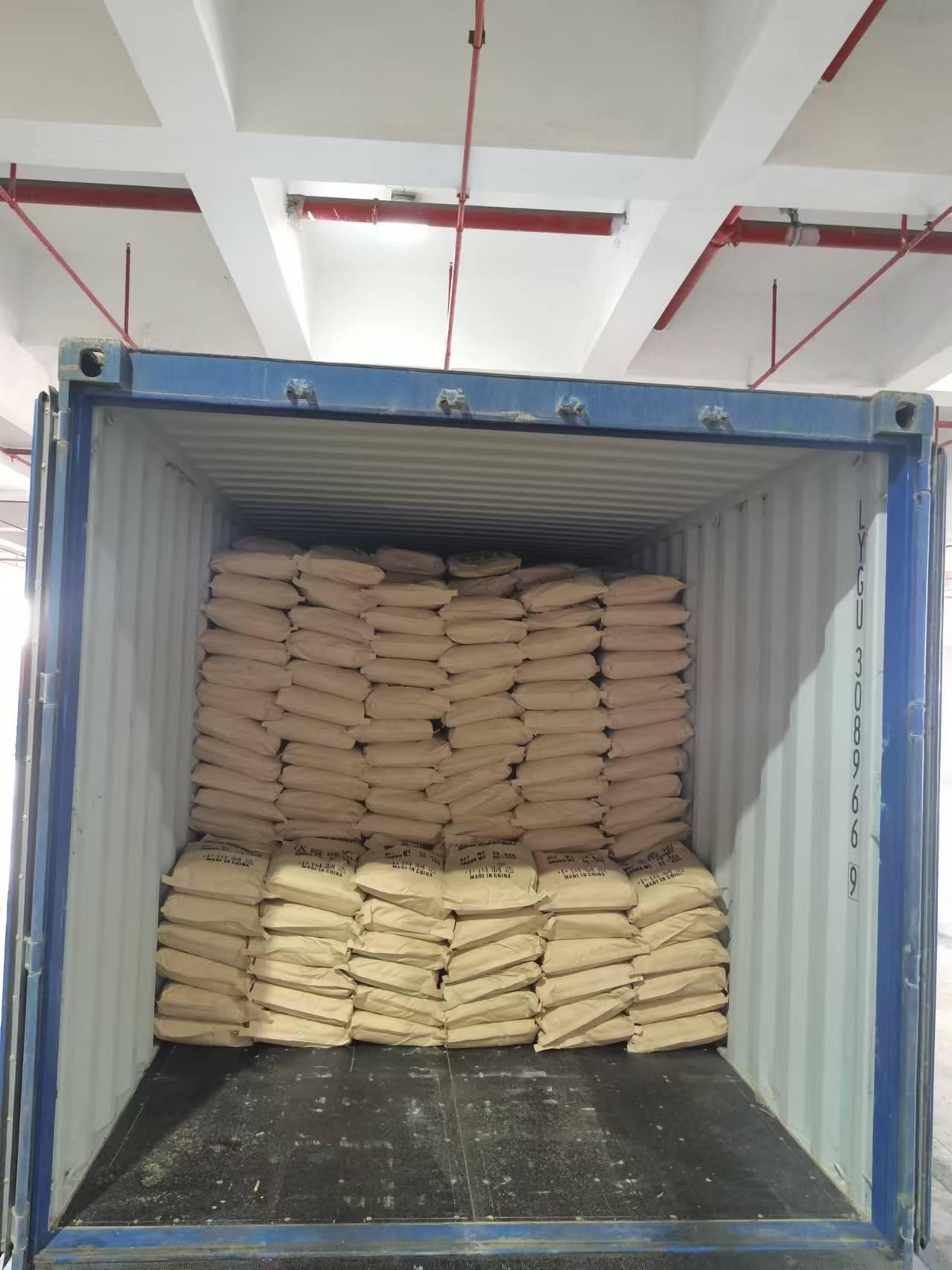In freight forwarding operations, the term “dangerous goods transportation” is often heard. In fact, transporting dangerous goods is a form of special transportation. It refers to the use of specially designated vehicles by trained personnel or organizations to transport non-conventional items.
Generally, only entities that have passed strict review by relevant national authorities and possess the necessary facilities and equipment to ensure the safe transportation of dangerous goods are qualified to carry out such operations.
According to their different properties, dangerous goods are classified into several categories:
Based on two national standards—GB13690-2009 “Classification and Labeling of Commonly Used Hazardous Chemicals” and GB6944-2005 “Classification and Code of Dangerous Goods”**, chemicals are divided into **eight major categories** according to their hazard characteristics:
1. Explosives
2. Compressed gases and liquefied gases
3. Flammable liquids
4. Flammable solids, spontaneously combustible substances, and substances that emit flammable gases when in contact with water
5. Oxidizers and organic peroxides
6. Toxic substances and infectious substances
7. Radioactive materials
8. Corrosives
Precautions in the Transportation of Dangerous Goods
Safety is always the top priority when transporting dangerous goods. From loading and unloading to transit stops and final destinations, each stage has strict operational protocols. Key precautions include:
Proper Packaging: Dangerous goods should be securely packaged according to their characteristics, transportation distance, and road conditions along the route.
Safe Loading and Unloading**: The site used for loading and unloading dangerous goods must meet safety requirements in terms of roads, lighting, signage, and fire protection facilities.
Vehicle Selection: Appropriate vehicles must be used to transport dangerous goods.
Fire Prevention: Fire is strictly prohibited. Spark-free tools must be used during loading and unloading. Smoking is strictly forbidden in the vehicle compartment, and vehicles must avoid open flames, high-temperature areas, and direct sunlight.
Driving Safety: Vehicles transporting dangerous goods must display the warning signs as specified in **GB13392-92 “Marking of Vehicles for Road Transportation of Dangerous Goods”**.
Leakage Handling: If leakage or spillage occurs during transport, it must be properly handled based on the specific properties of the dangerous goods involved.
arking Regulations: Vehicles carrying dangerous goods are not allowed to park near schools, government offices, marketplaces, historical sites, or tourist attractions. If temporary parking or operations in such areas are necessary, safety measures must be taken and local public security authorities must grant permission.
Cleaning After Unloading: After unloading, any residues in the vehicle must be thoroughly cleaned. Vehicles and tools contaminated by dangerous goods must be washed and disinfected.
Post time: May-29-2025






